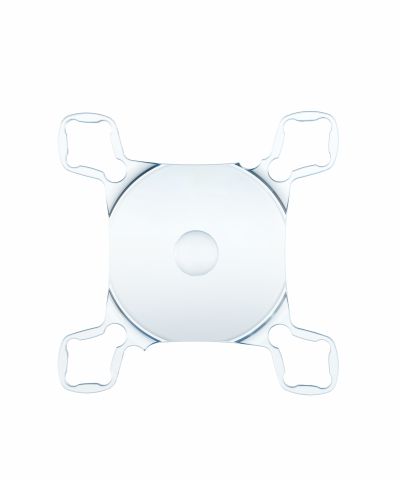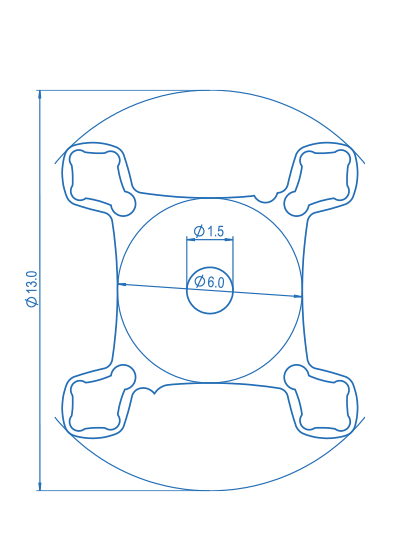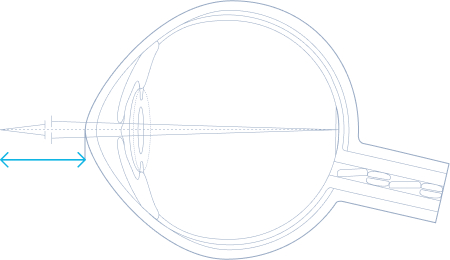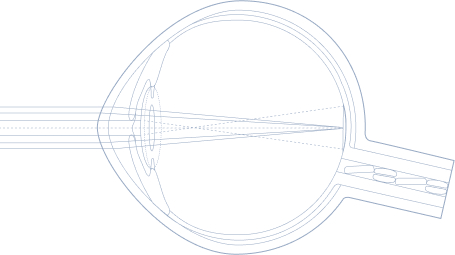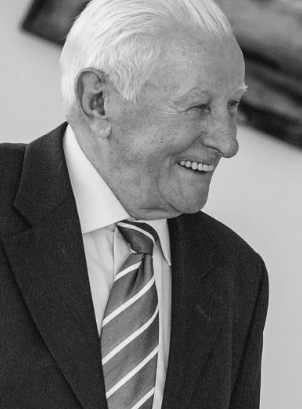
To be succesfull with the SML there are some preconditions to guarantee an adequate setup:
- You have experience with macular degeneration and low vision patients- You are prepared for diagnosing low vision patients (available personnel and equipment)
- You have a trained doctor or optician to take care of low vision patients
- You are a cataract and refractive surgeon
- You are a retinal specialist or you have a retinal specialist in your team
- You have OCT (for macular imaging) at the clinic
- You have a doctor and/or an optician who will be dedicated for pre- and post-operative care and training of implanted patients or you cooperate or have an agreement with an organization taking care of low-vision patients.
-
- Precise patient selection and indication (supported by the Medicontur Scientific Team and tools)
- Alignment of expectations and reality
- Postsurgical patient training
